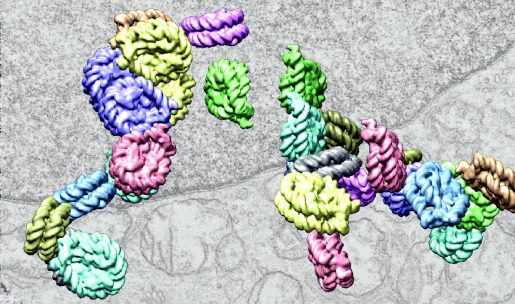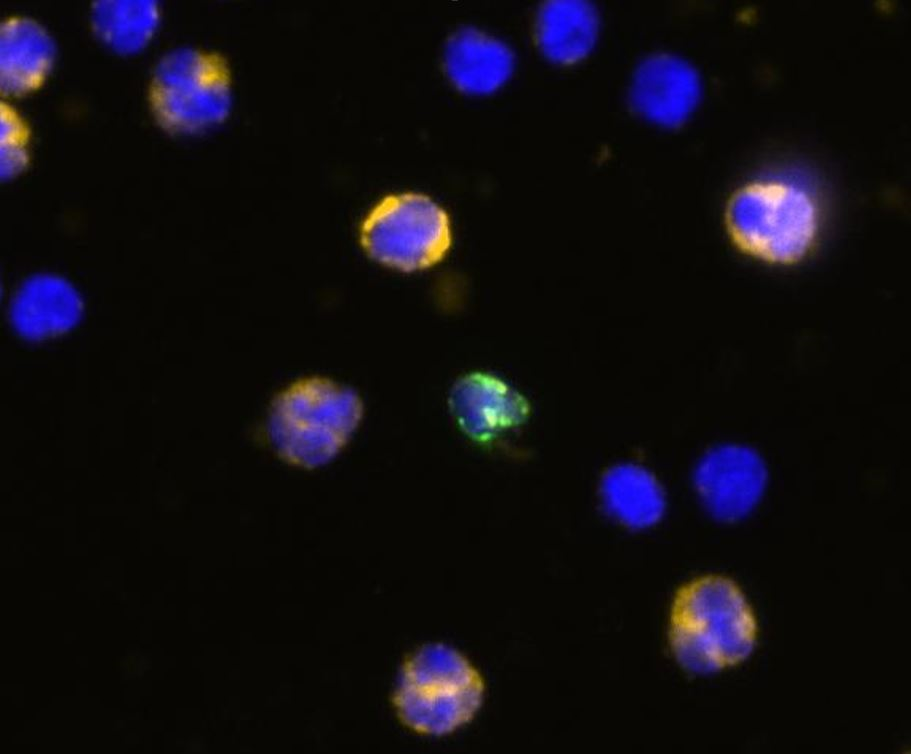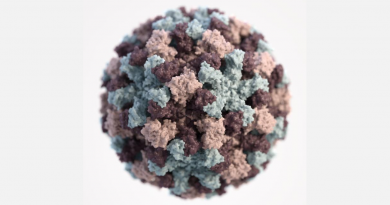KLF4 displays novel mechanism for influencing gene expression
Cells pack their genetic information in chromatin, a complex, compact, dense structure made of DNA and proteins. Expressing a particular gene requires that the gene expression molecular machinery has access to that stretch of DNA. Transcription factors are involved in reorganizing the chromatin to provide access and facilitate gene transcription, but it is not clear how this is accomplished.

“In the current study, we focused on master transcription factor KLF4, which is known to selectively mediate gene expression and reprogramming that determines cell fate,” said co-corresponding author Dr. Josephine C. Ferreon, assistant professor of pharmacology and chemical biology and member of the Dan L Duncan Comprehensive Cancer Center at Baylor.”
By conducting experiments with cells grown in the lab, the researchers discovered that KLF4 forms droplets in the cell nucleus that recruit other transcription factors.

“Imagine mixing oil and water, how they form separate layers, or two liquid phases,” Ferreon said.
When KLF4 interacts with specific chromatin regions, it forms a condensate – a separate liquid phase – that preferentially recruits other molecules that help open the chromatin and mediate gene transcription.”

A novel zinc finger bridge
Other transcription factors participate in biomolecular condensation through unstructured protein regions, but the researchers showed that KLF4 droplets form in cells even if its unstructured regions are not present. Instead, KLF4 droplet formation depends on regions called zinc fingers, which are known to bind DNA. Single-molecule fluorescence experiments showed that the three KLF4 zinc fingers, which usually bind in a row to one DNA, can ‘bridge’ between two DNA molecules.
This type of biomolecular condensation involving zinc fingers and DNA has not been seen before,” Ferreon said.
“Formation of this biomolecular condensate is strongly enhanced by a DNA modification called CpG methylation, a change that influences gene expression,” said co-corresponding author Dr. Kevin MacKenzie, associate professor of pathology and immunology and of pharmacology and chemical biology at Baylor.
Our results suggest that the local sequence of DNA and its CpG methylation state enable KLF4 to drive DNA into a separate phase, which helps to organize chromatin in three dimensions.”

“Hundreds of human transcription factors contain tandem zinc fingers like those in KLF4, so this class of rapidly evolving proteins may be implicated in chromatin organization through similar ‘bridging’ interactions,” said MacKenzie.
Find all the details of this study in the journal Nature Communications.
Other contributors to this work include Rajesh Sharma, Kyoung-Jae Choi, My Diem Quan, Sonum Sharma, Hyekyung Park, Anel LaGrone, Jean J. Kim, Allan Chris M. Ferreon and Choel Kim, all in Baylor College of Medicine, and Banumathi Sankaran in Lawrence Berkeley National Laboratory, California.
This work was supported by NIH grants R01 GM122763, R21 NS107792, R01 NS105874, R21 NS109678, R01 DK121970 and R61 HD099995. Additional support was provided by a Core Facility Support Award from the Cancer Prevention and Research Institute of Texas (grant RP160805).



